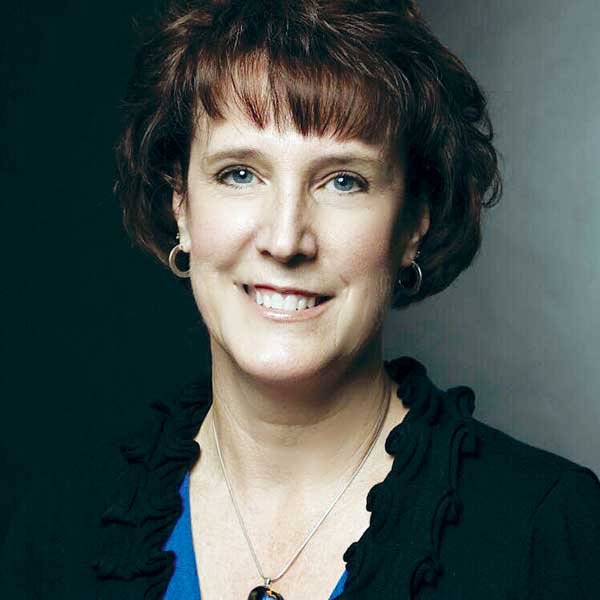
Editor’s note: This is the third of a three-part series, “Keeping anchored in the twirling seas of healthcare.” Article one explored new research in change management. Article two expanded tools utilized for quality improvement through A3 thinking. Article three, the author says, is personally for you.
BE STILL: Actions that become habits strengthen your adaptability as a leader.
When asked to speak on creating a workplace environment to advance employee engagement, you do your homework. I knew that I would be sitting among some of the leading researchers and I wanted to assure that I was ready to answer the preassigned questions. The stage lights were glaring, I had my answers down pat, and then it all came crashing down. The moderator changed course and asked me, “How do leaders sustain their sanity in today’s environment?” There are no sound bite answer to that question.
I paused for a moment, and stated, “BE STILL.” You can only envision the incredible awkward silence eventually broken with the, “Umm, can you explain further?” question.
I looked out to the audience and asked, “Who sitting in this audience does not feel tired, overwhelmed and feeling like a hamster running on a perpetual circular wheel?” Not one hand was raised. Leaders are working hard, but in working hard, they are losing the ability to look toward the horizon, to think deeply and be creative in their work.
In the past, leaders would use time away to renew, coming back energized and full of new ideas. Leaders now are connected 24/7, even when physically not required to be present within the workplace. Our preoccupation with being connected has disconnected our brains from expanding and exploring possible solutions or what-ifs.
The human mind hungers for the opportunity for renewal and expansion. But similar to your muscles, it must be exercised and given the chance to recover. Leaders exercise their brain daily, it is the recovery that is less successful. Recovery isn’t about sleeping. It is about relaxing the brain to allow deep thinking to emerge. That is where BE STILL comes into the picture. It is a disciplined leadership enrichment activity that takes practice, but the return on investment into yourself is immeasurable.
BE STILL allows the mind singular focus and in doing so, opens up channels of deep thinking. Remember as a child you would immerse yourself in designing the most perfect Play-DohTM figures, house or whatever your imagination wanted. You immersed yourself into the activity, singularly focused. You quieted your body, you focused your mind and you minimized the distractions around you. Your hands were busy, but your mind was even more so. You were in the zone. When you emerged from the zone, you had an abundance of ideas, solutions and energy.
BE STILL, for some individuals, is met through meditation, sculpting, fishing, drawing or other activities that allow the brain to quiet itself, become singularly focused and then expand thinking. Several successful leaders I have interviewed schedule thinking days, hours or activities. They are purposeful in allowing their brains to recover by being still. It sounds counterintuitive in today’s busy demands of healthcare, yet as one executive leader said to me, “‘Being still’ is the best investment I have made as a leader. I am able to listen more effectively, solve complex problems through simplifying solutions, and expand my creativity.”
I have learned to BE STILL through photography. I get lost in the beauty around me and look for small surprises. Many times complex challenges have unraveled to solutions as I looked through the lens of a camera.

BE STILL, MY FRIENDS
Martie L. Moore, MAOM, RN, CPHQ, has been an executive healthcare leader for more than 20 years. She has served on Advisory Boards for the National Pressure Ulcer Advisory Panel and the American Nurses Association, and she currently serves on the Dean’s Advisory Board, University of Central Florida College of Nursing. She recently was honored by Saint’s Martin’s University with an honorary doctorate degree for her service and accomplishments in advancing healthcare. When she is not thinking about how to advance healthcare, she is often found with a camera in hand exploring the world around her.





